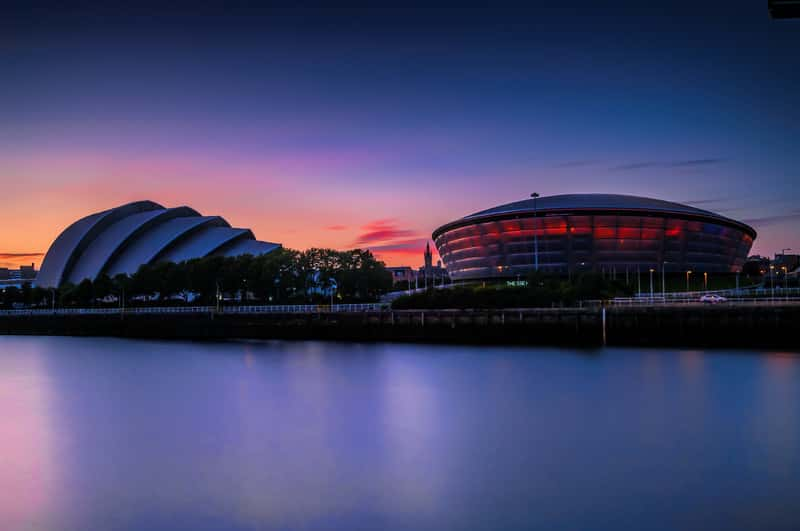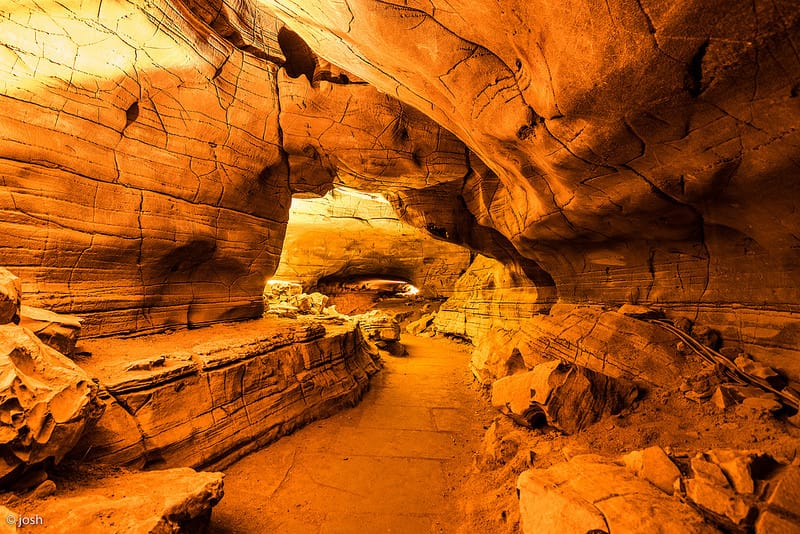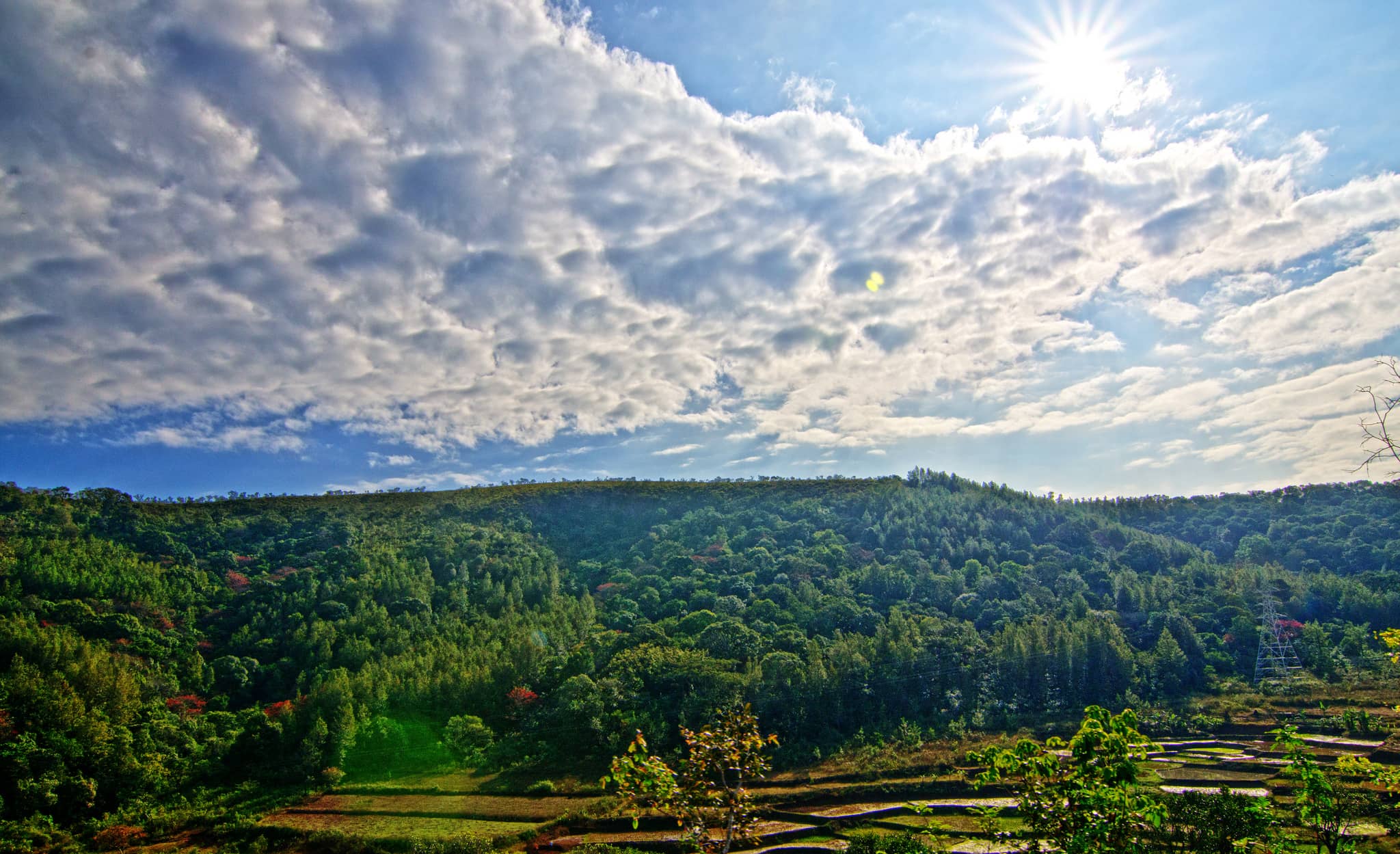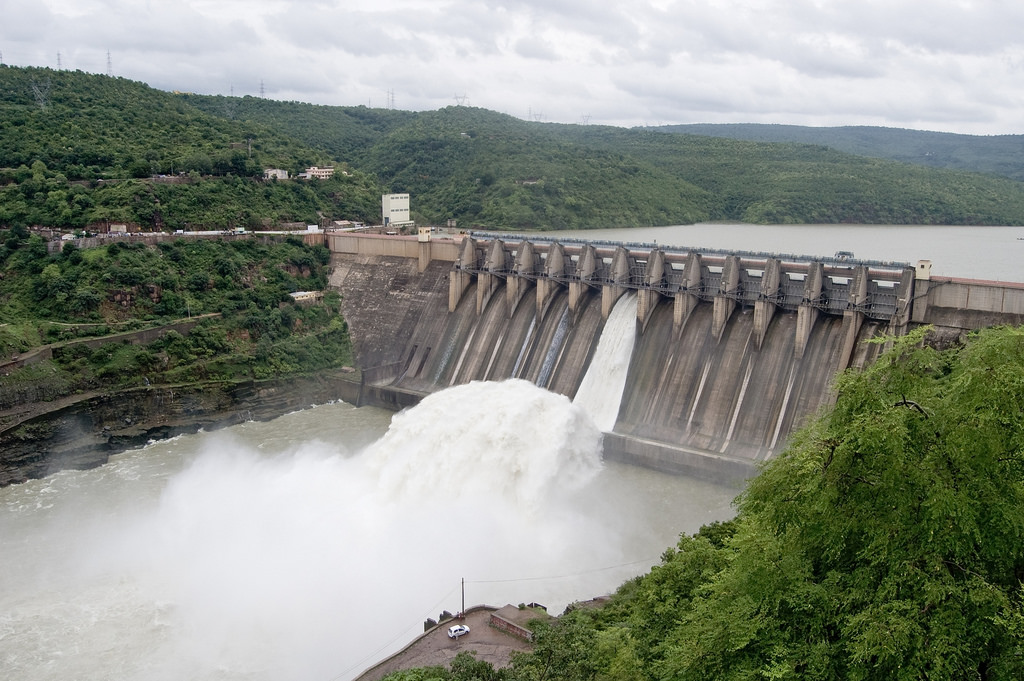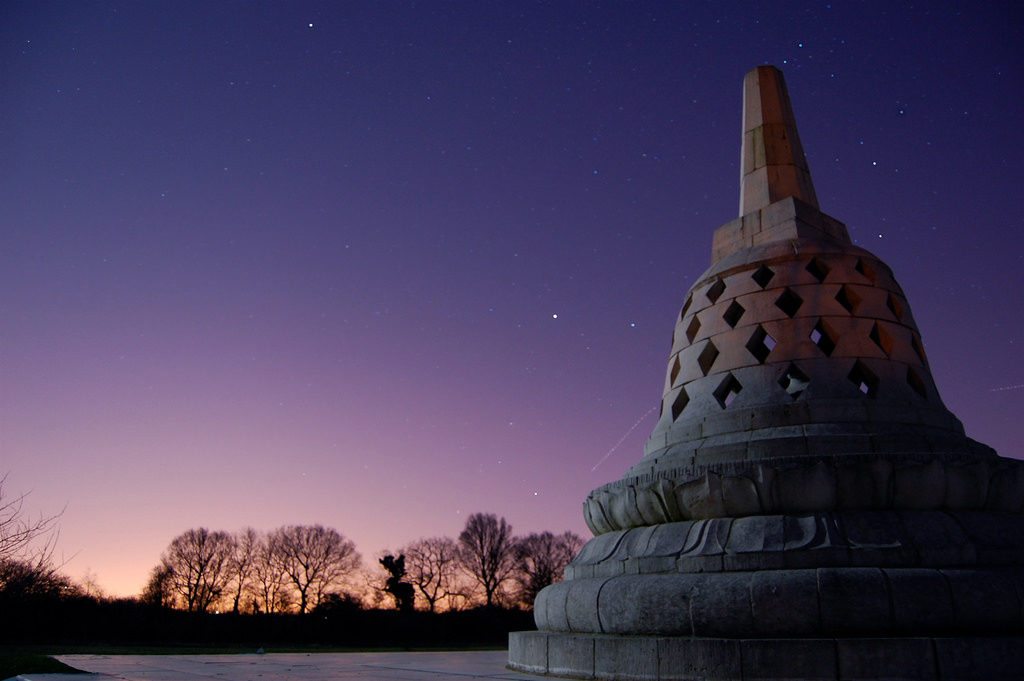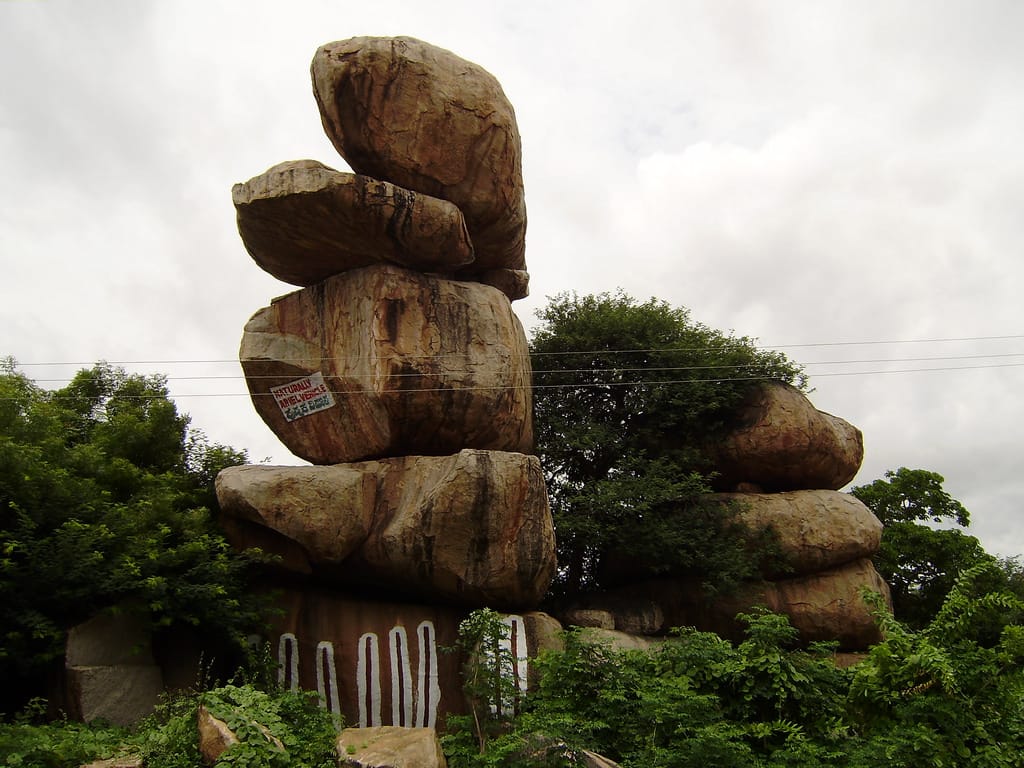Glasgow, often called the “Dear Green Place,” is a city where history, modern life, and warm Scottish hospitality come together. In this guide, we’ll explore the heart of this vibrant city—looking at its past, popular attractions, delicious food, and much more. Located in western Scotland, Glasgow is the country’s largest city, home to over 600,000 people. It’s full of life and has something for everyone. Let’s begin our journey by discovering its fascinating history.
places to visit in Glasgow
Kelvingrove Art Gallery

Kelvingrove Art Gallery and Museum is one of the most popular places to visit in Glasgow. It has 22 different galleries with a wide range of displays. You can see everything from ancient Egyptian items and stuffed animals to famous paintings from the Renaissance period. The museum also has one of the best collections of arms and armor in the world, along with a large natural history section.
Riverside Museum

The Riverside Museum is Glasgow’s transport museum, filled with over 3,000 items related to travel. Inside, you’ll find old cars, bicycles, buses, motorbikes, boats, trains, skateboards, and more. The museum sits beside the River Clyde and features a huge glass front that gives great views of the water.
Gallery of Modern Art (GoMA)

The Gallery of Modern Art, or GoMA, is Glasgow’s main center for contemporary art. It showcases work by both local and international artists. The gallery also focuses on today’s social issues through exhibitions and special events. You’ll find pieces by famous artists like Andy Warhol, David Hockney, Sebastião Salgado, and Scottish artists like Ken Currie and John Bellany.
Glasgow Cathedral
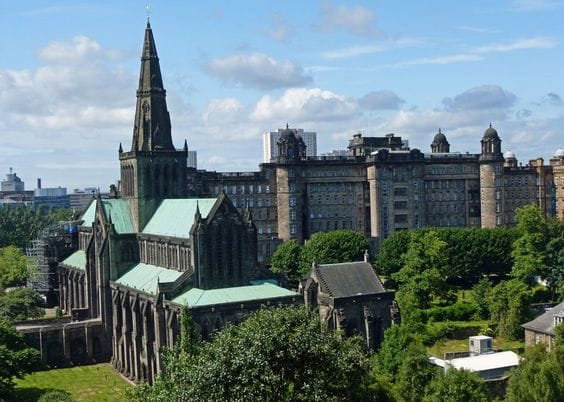
Glasgow Cathedral is one of the oldest buildings in the city and the oldest cathedral on mainland Scotland. It stands on the site where St. Mungo (also known as St. Kentigern) is believed to be buried, dating back to the year 612. Visitors can see beautiful stained glass windows and detailed stone carvings, especially in the Blackadder Aisle.
People’s Palace

The People’s Palace, located in Glasgow Green, is a museum that tells the story of how Glaswegians lived, worked, and played in the past. Alongside it is the Winter Gardens, a large glasshouse filled with tropical plants. Inside the museum, you’ll find old photographs, objects, films, and interactive displays showing the city’s social history.
The Lighthouse
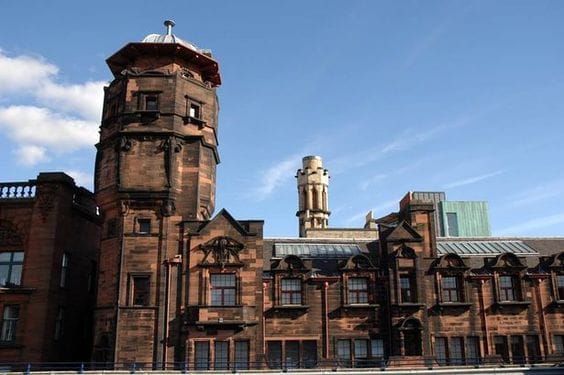
The Lighthouse is Scotland’s national center for design and architecture. It focuses on the connection between design, art, and everyday life. One of its main features is the Mackintosh Tower, where you can climb a spiral staircase to enjoy amazing views across Glasgow. The building is named in honor of Charles Rennie Mackintosh, one of Scotland’s most famous architects.
Celtic Park
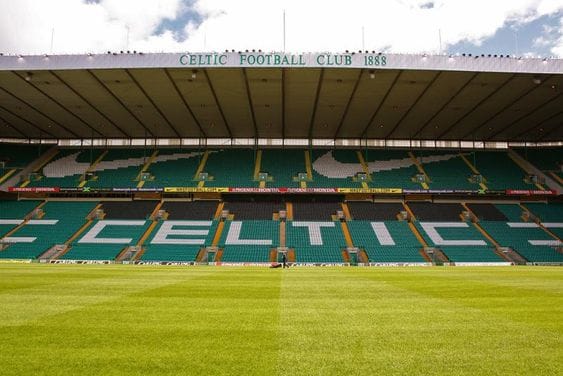
Celtic Park, also called Parkhead or Paradise, is the home of Celtic Football Club. It’s one of the largest football stadiums in Europe. Visitors can take a guided tour of the stadium and learn about the history of the club, which was founded in 1888. There are also exhibitions showcasing the team’s heritage and achievements.
Burrell Collection
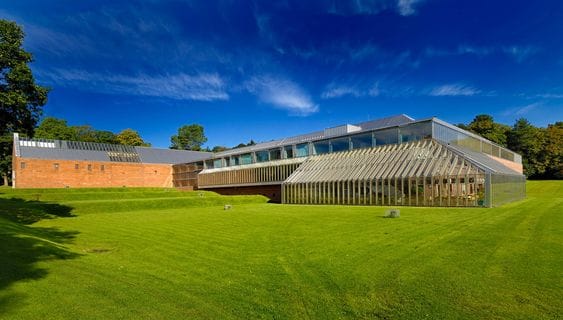
The Burrell Collection is a museum that holds a wide variety of art and historic items from around the world. It includes medieval stained glass, tapestries, ancient weapons, Islamic art, and objects from Egypt and China. You’ll also find paintings by famous artists like Degas and Cézanne, along with modern sculptures and old furniture.
Mugdock Country Park
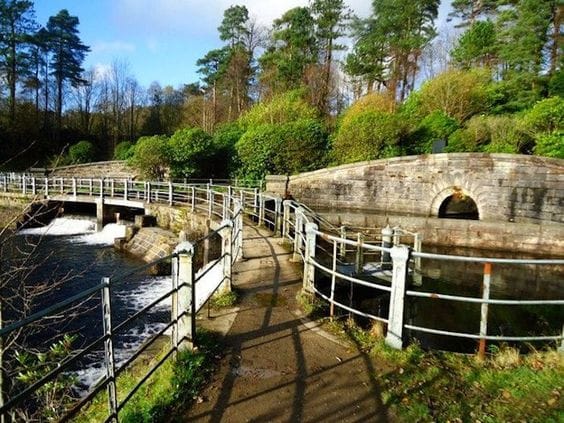
Mugdock Country Park covers about 2,000 acres and features hills, forests, meadows, and lakes. It’s a peaceful place to enjoy nature, go walking, have a picnic, or watch birds. Mugdock Reservoir is great for relaxing, fishing, or simply taking in the beautiful scenery.
House for an Art Lover
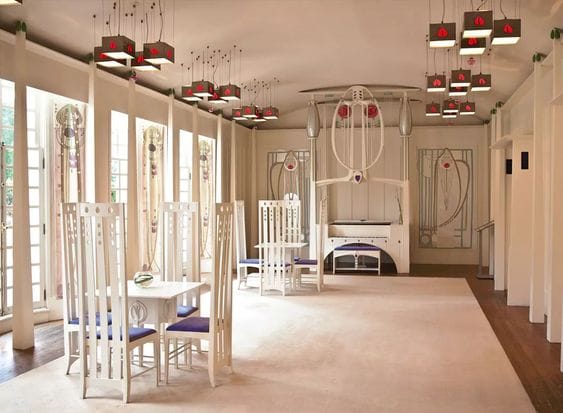
The House for an Art Lover was designed by Charles Rennie Mackintosh and Margaret Macdonald Mackintosh for a German design competition. Although it didn’t win, the design was praised for its creativity. The building is a great example of Mackintosh’s Art Nouveau style, with flowing shapes, artistic details, and a blend of beauty and function.
Best Time to Visit Glasgow
The best time to visit Glasgow depends on what kind of weather you like, the activities you’re interested in, and how busy you want it to be. Every season offers something different, so here’s a simple guide to help you choose the right time for your trip:
Summer (June to August)
- Weather: Summer in Glasgow is mild, with temperatures usually between 15°C and 20°C (59°F to 68°F). It can still rain, so it’s good to carry an umbrella.
- Pros: This is the warmest and sunniest time of year. It’s perfect for walking around the city, enjoying outdoor festivals, and relaxing in parks and gardens.
- Cons: Summer is the busiest season, so places can be crowded, and hotel prices may go up.
Spring (March to May)
- Weather: Spring is cool and often wet, with temperatures between 10°C and 15°C (50°F to 59°F). You might need waterproof clothes.
- Pros: Flowers begin to bloom and the parks look beautiful. It’s also less crowded than summer, so you can explore the city more peacefully.
- Cons: The weather can be unpredictable, and rain is still common.
Autumn (September to November)
- Weather: Temperatures drop to between 10°C and 16°C (50°F to 61°F). It gets rainier, especially in October and November.
- Pros: Autumn colors make the parks and streets look amazing. It’s a good time for lower hotel prices and fewer tourists, plus there are still some events and festivals.
- Cons: Days get shorter, and the chance of rain increases.
Winter (December to February)
- Weather: Winter is cold, with temperatures ranging from 2°C to 7°C (36°F to 45°F). Rain is frequent, and it may snow now and then.
- Pros: Glasgow is quieter in winter, so it’s easier to enjoy without big crowds. You can visit Christmas markets, go shopping, and enjoy cozy cafes.
- Cons: It’s cold and wet, so warm and waterproof clothing is a must. Also, the days are shorter with fewer daylight hours.
